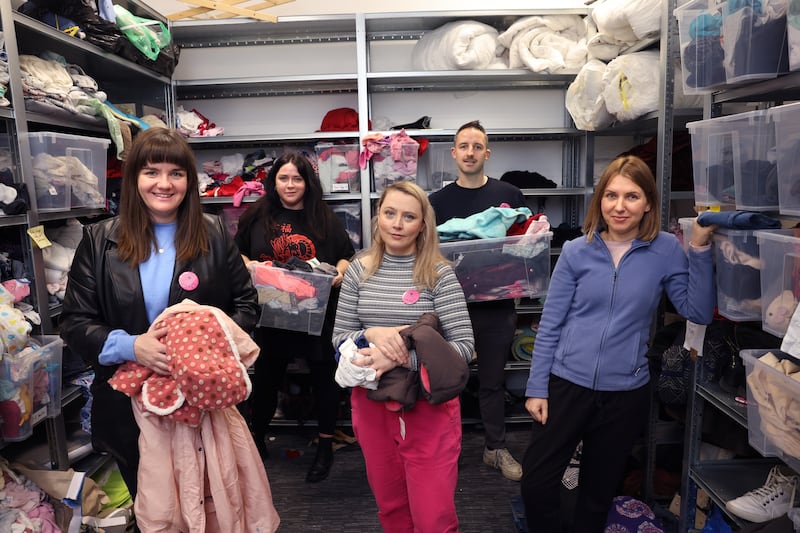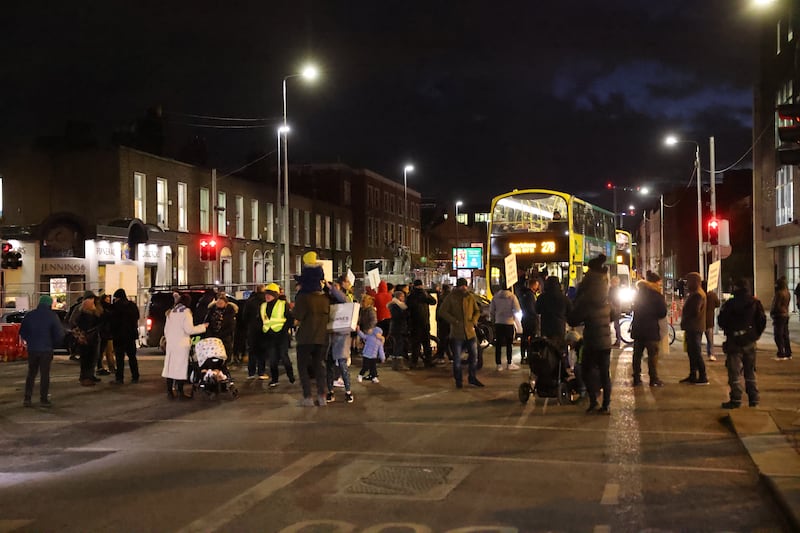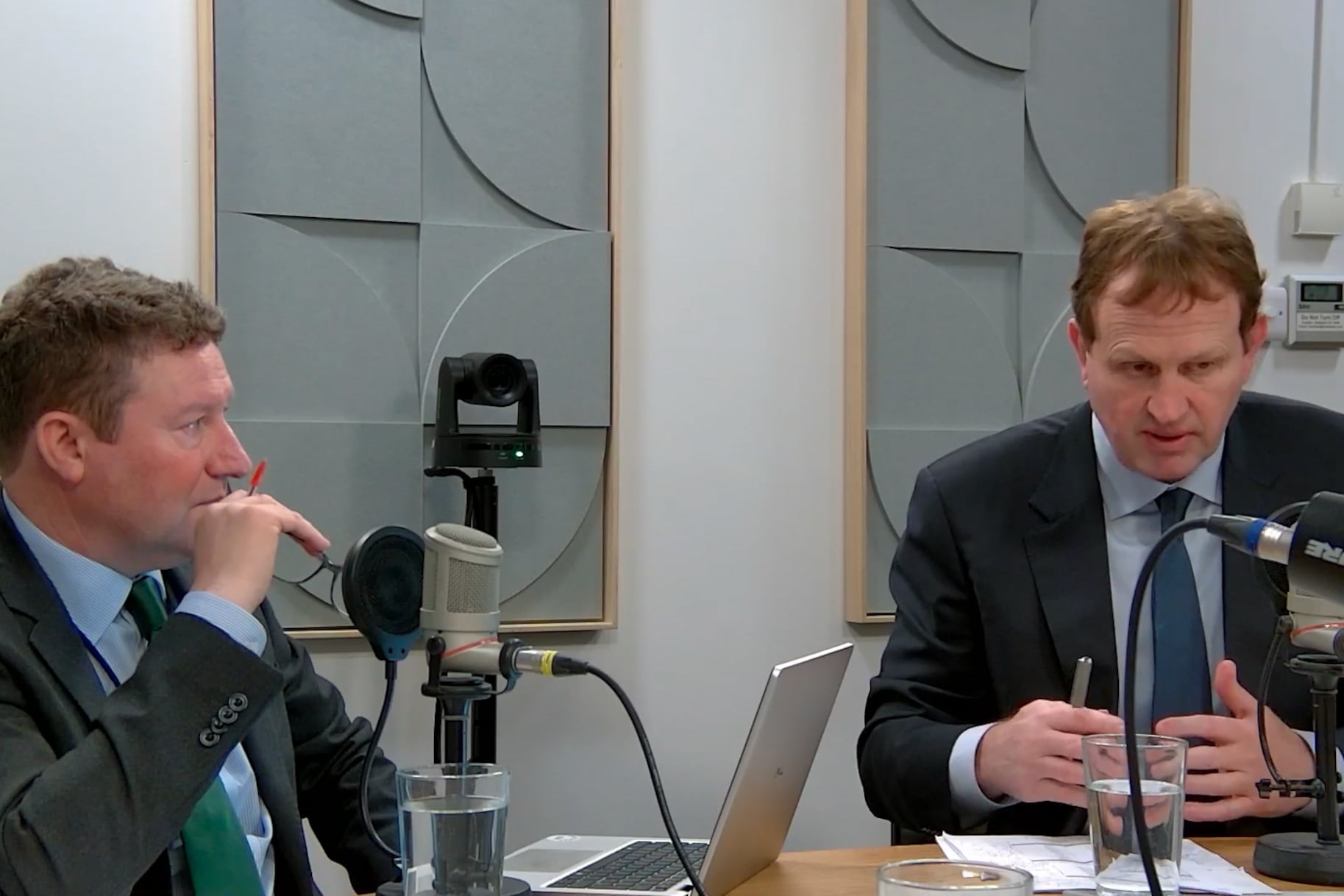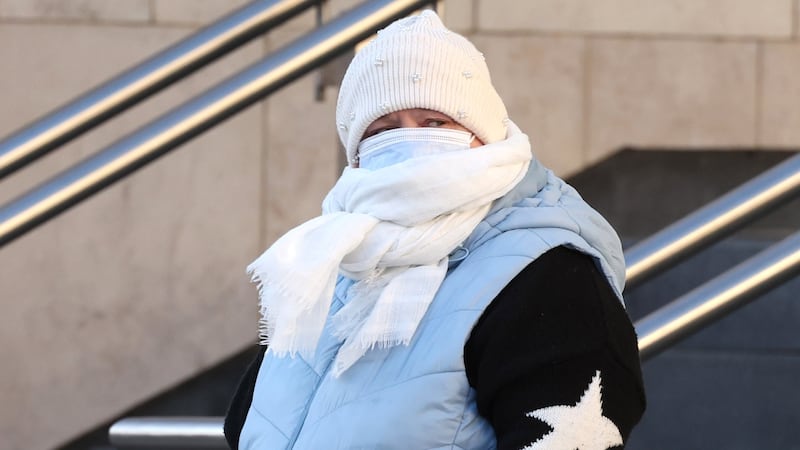At this time of year, I keep a beady eye out for murmurations. On fine, cold evenings around dusk, one of nature’s most outrageously beautiful sights is that of thousands of birds dancing overhead, throwing shapes in the sky, their swirling and swooping appearing both spontaneous and highly choreographed. Shortly before settling down to roost at night, birds such as starlings form these large groups both to protect themselves against predators and to keep warm on winter evenings. There is grace and beauty in these moving spectacles. There is also mystery.
The murmurations are so named because of the low whirring or murmuring from the wingbeats of the gathering birds. Bird-watching experts have discovered that each starling follows the movement of the birds flying closest to them so if one bird changes speed, the others echo that change. I saw my first murmuration in Belfast, near a train station, and my biggest one by the sea in Dublin’s Clontarf. Both were dazzling, life-affirming displays of avian activity.
I haven’t seen a single murmuration all winter, but I remain hopeful that I’ll see at least one before they usually finish, around March. In the meantime, I’ve been observing how we humans sometimes flock together. We might call them “protestations”, these groups of people walking down streets, blocking traffic and shouting at buildings where asylum seekers and their children have been housed. Like the murmurations, the movement of these protesters from Ballymun to Drimnagh, Ballyfermot to East Wall, appears both spontaneous and highly choreographed. And there is, to some of us anyway, mystery in these gatherings. When my children ask why this is happening in East Wall, a few streets from our home, I have no easy answers, only a deep feeling of sadness and dread that the warm and welcoming community I live in is being tainted by the protests.
I listen to the protesters’ explanations. I hear talk of Ireland being “full”, of the housing and health crisis, of the importance of “looking after our own”. I note the influence of far-right groups with their own malevolent agendas, but I also hear the fear, the sense of abandonment and genuinely held grievances of people living in areas that have been neglected for decades. I listen, but all I can think of is children at the windows of a temporary home in a hotel or office building, scared of what lies in wait for them outside.
READ MORE
I’ve also watched, with relief, communities responding to these “protestations”. The first group I saw was one that emerged close to where I live – East Wall Here For All. It came as a huge relief to many of us in the area to see this response, a counter to the anti-refugee protests. Since December, the group has been making contact and forging friendships with some of the nearly 400 men, women and children who are being housed in the old ESB building on East Wall Road.
It has been heartening to see similar groups have popped up all over Dublin. There is Drimnagh For All. Cherry Orchard For All. Ballymun For All. The groups are run by volunteers who are creating a template that others can follow across the country. These are grassroots groups giving up their time and using their skills, motivated purely by solidarity with their newest neighbours.
There are many issues in this country that urgently need fixing. Housing. Homelessness. The health service. Social inequality. The list is long and growing. The people in these For All groups, whether they’ve lived in an area for five years or five generations, are alive to these issues, but do not believe they should be used to stoke up fear and hatred of some of the most vulnerable people in our communities.

How the far right spreads misinformation and enflames anger at refugee protests
Instead, they want to welcome their new neighbours, to reassure them and to help them integrate. The East Wall Here For All group has established a donation hub in the centre, ensuring that residents get everything they need, from products for textured hair to winter coats and underwear, to baby supplies. They are lobbying the Government to make sure residents get all the facilities they need, and long-term plans include helping them with language classes and organising social events. I’m inclined to agree with Joe O’Brien, Minister of State for Community Development, Integration and Charities, when he says this beautiful counter-reaction will not just cancel out “bad vibes” in these communities, but will end up improving them.

One East Waller I spoke to this week summed it up for me, acknowledging the reasons why the protests began. She said residents were initially “upset and confused” that they had not been consulted about 400 people arriving in an area that had been forgotten about and neglected in terms of resources, facilities, schemes and initiatives. “But once it became clear that the protests were upsetting to the new residents inside the centre and that some of the people supporting it were part of the far-right, most felt embarrassed,” she told me. “These protesters don’t speak for the majority of the people here. Every day I get people thanking us. So many people felt helpless looking at those protests that just didn’t represent East Wall and the kind, supportive community we’ve always had here.”

And so at dusk this evening, at about 5pm, a gathering is planned at Fairview Park footbridge under the banner Northside for All. The chants will be warm and welcoming, the posters bright and heart-shaped, the slogans bursting with positivity and goodwill. And when children ask why this particular gathering is taking place, there will be plenty of easy one-word answers to reach for: Solidarity. Support. Compassion. Charity. Love. Inclusion. Integration.
I’m still searching for my winter murmuration, but I’ll settle for what I expect is going to be a dazzling, life-affirming display of humanity.












